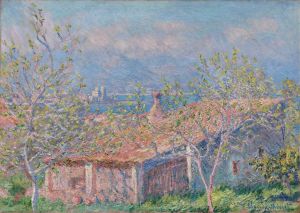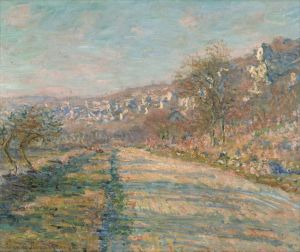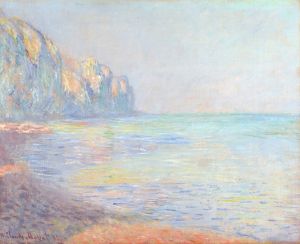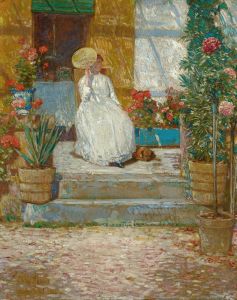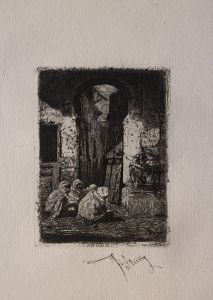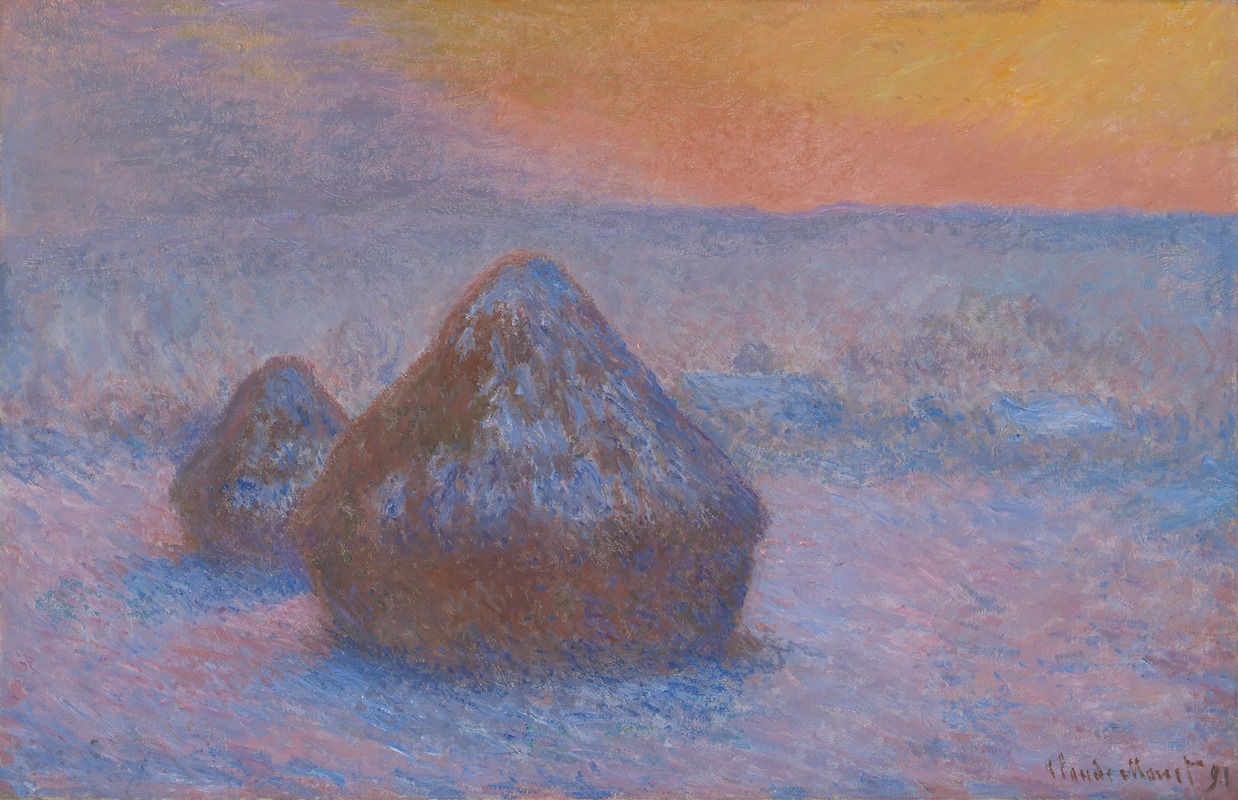
Stacks of Wheat
A hand-painted replica of Claude Monet’s masterpiece Stacks of Wheat, meticulously crafted by professional artists to capture the true essence of the original. Each piece is created with museum-quality canvas and rare mineral pigments, carefully painted by experienced artists with delicate brushstrokes and rich, layered colors to perfectly recreate the texture of the original artwork. Unlike machine-printed reproductions, this hand-painted version brings the painting to life, infused with the artist’s emotions and skill in every stroke. Whether for personal collection or home decoration, it instantly elevates the artistic atmosphere of any space.
"Stacks of Wheat" is a series of oil paintings created by the French Impressionist artist Claude Monet between 1890 and 1891. The series, also referred to as "Haystacks," consists of 25 canvases that depict stacks of harvested wheat in the fields near Monet's home in Giverny, France. These paintings are celebrated for their exploration of light, color, and atmosphere, as well as their innovative approach to capturing the passage of time and changing environmental conditions.
Monet painted the "Stacks of Wheat" series during different times of the day, in varying weather conditions, and across multiple seasons. This allowed him to study and document the effects of light and shadow on the haystacks, as well as the subtle shifts in color caused by atmospheric changes. The series exemplifies Monet's dedication to plein air painting, a technique in which artists paint outdoors to directly observe and capture natural light and landscapes.
The "Stacks of Wheat" series is considered a landmark in the development of Impressionism and modern art. Monet's focus on the same subject across multiple canvases was a departure from traditional artistic practices, which often emphasized narrative or symbolic content. Instead, Monet's work emphasized the act of perception itself, encouraging viewers to appreciate the transient beauty of the natural world.
The paintings were created during a period of financial stability for Monet, which allowed him to focus on his artistic experiments. He worked on the series in the fields near his property, often setting up multiple canvases at once to capture the changing light and weather conditions throughout the day. Monet later reworked some of the paintings in his studio, refining their details and compositions.
The "Stacks of Wheat" series was first exhibited in 1891 at the Galerie Durand-Ruel in Paris, where it received critical acclaim. The works were praised for their innovative approach to color and light, as well as their ability to evoke a sense of time and place. Today, individual paintings from the series are held in major art institutions around the world, including the Musée d'Orsay in Paris, the Art Institute of Chicago, and the Metropolitan Museum of Art in New York.
Monet's "Stacks of Wheat" series remains one of the most iconic achievements of Impressionism, demonstrating the artist's mastery of capturing the ephemeral qualities of light and atmosphere. It continues to be studied and admired for its groundbreaking contributions to the history of art.





